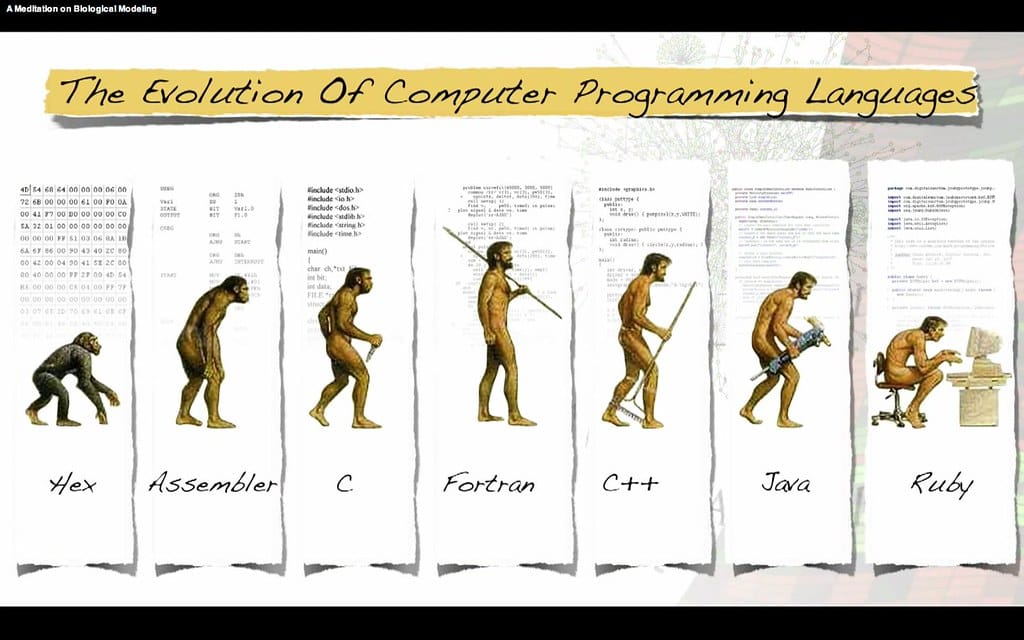Python Dominates While Perl Makes a Surprising Comeback in Programming Rankings
Two programming languages with vastly different trajectories are making headlines in the developer community this month. Python continues its meteoric rise to cement its position as the world's most popular programming language, while Perl—once left for dead by industry observers—is staging an unexpected revival that's catching veteran developers and newcomers alike by surprise.
Python's Unstoppable Momentum
According to the latest TIOBE Programming Community Index, Python has maintained its #1 ranking for the third consecutive year, with a commanding 15.39% market share. This represents a significant jump from its 13.86% share just twelve months ago, demonstrating that Python's popularity isn't just stable—it's accelerating.
The language's dominance spans multiple domains that drive today's technology landscape. In artificial intelligence and machine learning, Python frameworks like TensorFlow, PyTorch, and scikit-learn have become industry standards. Major tech companies from Google to Netflix rely heavily on Python for everything from web development to data analysis.
"Python's syntax reads almost like English, which makes it incredibly accessible to newcomers while remaining powerful enough for complex enterprise applications," explains Sarah Chen, a senior software engineer at a Fortune 500 company. "It's rare to find a language that bridges the gap between beginner-friendly and production-ready so effectively."
The numbers support this enthusiasm. GitHub reports that Python repositories have grown by 22% year-over-year, while Stack Overflow's 2023 Developer Survey shows Python ranking as the third most loved programming language among professional developers.
Perl's Unexpected Renaissance
Far more surprising is Perl's resurgence. After years of decline that led many to declare it a "dead language," Perl has climbed back into the TIOBE top 20 for the first time since 2018, currently sitting at position #19 with a 0.53% market share.
This revival isn't just statistical noise—it reflects real-world adoption driven by specific use cases where Perl excels. Bioinformatics researchers are rediscovering Perl's exceptional text processing capabilities for analyzing genomic data. System administrators appreciate its powerful regular expression engine for log analysis and automated tasks.
The Driving Forces Behind Perl's Return
Several factors explain Perl's comeback:
Legacy System Maintenance: As companies deal with decades-old codebases, they need developers who can maintain and update existing Perl applications rather than undertake costly rewrites.
Text Processing Supremacy: Despite newer alternatives, Perl remains unmatched for complex text manipulation tasks, particularly in data migration and ETL processes.
DevOps Renaissance: The infrastructure-as-code movement has renewed interest in Perl's scripting capabilities, especially for organizations with existing Perl toolchains.
Community Modernization: Perl 5.36 and the ongoing development of Perl 7 have introduced modern features while maintaining backward compatibility, attracting developers who appreciate both innovation and stability.
Market Implications and Developer Opportunities
This dual surge creates interesting dynamics in the job market. Python developers continue to command premium salaries, with the average Python developer earning $95,000-$130,000 annually in major tech hubs. The language's versatility means Python skills translate across industries, from fintech to healthcare to entertainment.
Perl developers, while fewer in number, often find themselves in high-demand niche positions. Companies with significant Perl codebases are willing to pay competitive salaries—often $85,000-$115,000—for developers who can bridge the gap between legacy systems and modern infrastructure.
Looking Ahead: Complementary Strengths
Rather than competing directly, Python and Perl are finding complementary roles in modern development ecosystems. Python dominates new development, particularly in AI/ML, web applications, and data science. Perl thrives in specialized scenarios requiring heavy text processing, system administration, and maintaining critical legacy applications.
For developers, this trend suggests a strategic opportunity: Python skills provide broad market appeal and future-proofing, while Perl expertise can differentiate candidates in specific niches with less competition.
The programming language landscape continues to evolve, but one thing is clear—both Python's continued dominance and Perl's surprising revival demonstrate that success in technology often comes from matching the right tool to the right problem, rather than following fleeting trends.

